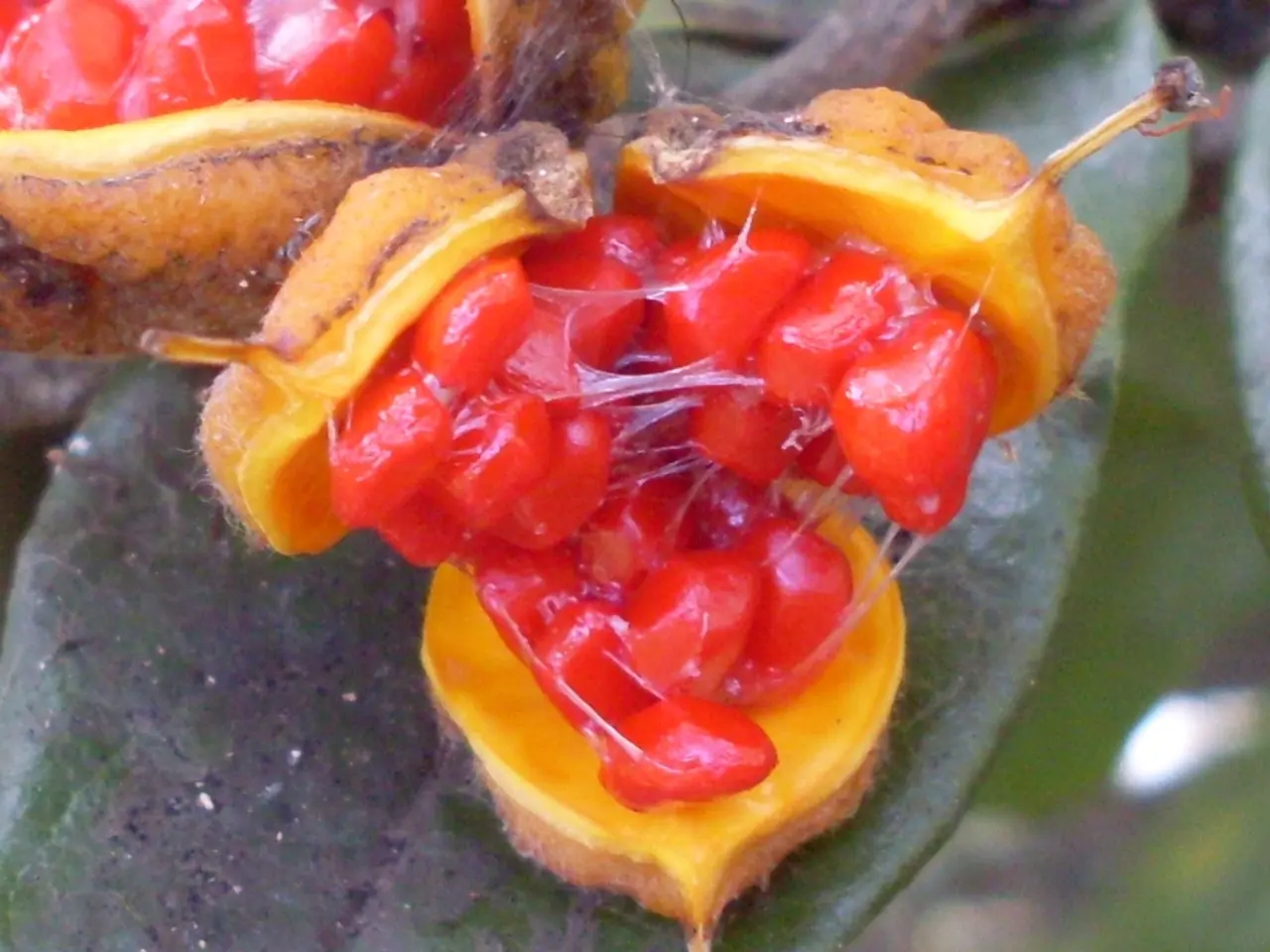Techniques for Trimming Cherry Tomatoes for Maximum Growth and Production
Cherry tomatoes, known for their sweet, vibrant flavour and popularity, require careful pruning to ensure a bountiful harvest. Here's a comprehensive guide on the best practices for pruning cherry tomato plants, based on the advice of gardening expert Larry Meyers, who boasts over 10 years of lawn and landscaping experience.
Timing plays a crucial role in cherry tomato pruning. Prune in dry weather, ideally in the morning or late afternoon, to reduce disease risk from moisture on fresh cuts. Begin pruning when seedlings are 12–18 inches tall and have their first true leaves, roughly three weeks after transplanting.
The focus of pruning should be on removing suckers, small shoots growing in the "V" between the main stem and branches. Remove suckers when they are small (less than 2-4 inches) by pinching them off with fingers; use sharp pruning shears for larger suckers to avoid damaging the plant.
Sharp, clean tools are essential for pruning. Use pruning shears or scissors and sanitize them with rubbing alcohol or disinfectant before use to prevent disease spread. Clean cuts promote faster healing and reduce infection risk.
The technique for pruning involves removing yellowing or damaged leaves, particularly those near the soil, to improve airflow and reduce fungal disease risk. Thin out dense foliage to allow more sunlight to reach ripening fruits, which also supports even ripening. Avoid removing many suckers at once to prevent plant stress.
Regular, careful pruning offers several benefits, including improved airflow, disease prevention, enhanced sunlight exposure, bigger and better quality fruits, ease of harvest, reduced pests, and reduced risk of sunscald. Pruned plants are also easier to support with stakes or cages and prevent overcrowding.
Additional tips include removing up to 25% of the plant at a time when pruning and using the removed suckers to grow new plants, helping propagate tomato plants with desirable traits.
In spring, start light pruning once cherry tomato plants are established. Continue regular pruning during early summer and avoid pruning during wet or humid weather to prevent disease. In late summer, reduce pruning as fruit begins to mature. A sturdy pot is essential for good root support in container gardening.
In the case of determinate cherry tomato plants, which stay compact but still need some tidying up, the pruning principles remain the same. Indeterminate cherry tomato plants, which grow endlessly and require more frequent pruning, will benefit from pruning every 2-3 weeks to maintain a tidy plant.
Avoid major pruning during the flowering period and pruning during the cold months, as frost can damage cherry tomatoes. Remember to finish all major pruning well before the first frost.
By following these best practices, you can maximise cherry tomato yield and plant health, ensuring a bountiful harvest of sweet, juicy cherry tomatoes all season long. Happy gardening!
Pruning cherry tomato plants is not just a garden task; it's a crucial part of maintaining a healthy lifestyle by ensuring a bountiful home-and-garden harvest. Begin pruning when seedlings reach 12–18 inches, and continue regular pruning throughout the growing season, especially removing suckers, yellowing or damaged leaves, and thinning out dense foliage to promote airflow and prevent disease.




